This post may contain affiliate links. If you choose to make a purchase through these links, I earn a small commission at no cost to you. I do not promote anything I do not believe in or stand behind.
Over the past several months, we’ve spent a lot of time playing at home. Not just any type of play, lots of pretend play. From cooking soup and baking cakes in our play kitchen space to giving our stuffed animals health checkups, we’ve been pretending to be chefs, bakers, doctors, mommies, teachers, students, princesses and dancers.
Pretend play is our jam lately. In fact, I’ve realized just how much I enjoy pretend play (and how much my son & daughter learn) over the past several months. Getting lost in the imaginative play scenarios my daughter creates is so much fun!
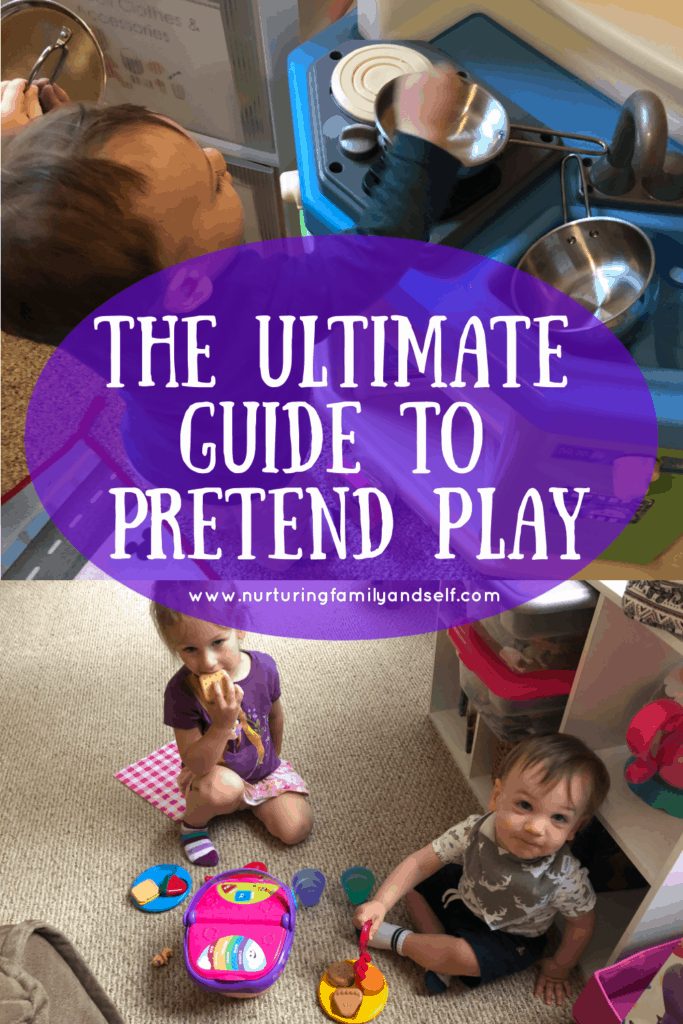
What is pretend play?
Pretend play is more than manipulating a toy. Pretend play is taking an object or series of objects and pretending they are something else seen at home, on TV or in the community. It is also known as symbolic play. “Symbolic play is the ability to use objects, actions or ideas to represent other objects, actions, or ideas during play” (BabySparks, April 2017). Basically, before your young child engages in symbolic play, a block is a block used for building a tall tower. After symbolic (or pretend) play, a block can be a car, a phone, a piece of food, or anything your toddler imagines it to be.
Pretend play is known under several other names, as well. These include imaginative play, make-believe play, fantasy play and creative play. No matter what you call it, this type of play helps young children with their development of many skills.
Why is pretend play important?
Pretend play is so beneficial for young children because it builds all the necessary skills critical for future success: language, social and emotional, and thinking.
Pretend play helps children learn about themselves and the world around them. Children begin finding their interests and learn how to interact with others by negotiating, taking turns, and processing the ideas of others.
Pretend play involves acting out the role of a character. This can be a character from a favorite book or a real-life character such as the mailman, cashier at a grocery store, a policeman, a mother, a teacher, a doctor, etc. When your child is pretending to be a character, he/she is learning what this character does and says. This deepens your child’s understanding of the world around him/her at the same time.
Our daughter puts her stuffed animals and baby dolls to bed. She follows a routine by giving them a bath, feeding them a bottle and reading them a bedtime story. She rocks them to sleep, and covers them in a blanket. This type of play, caring for baby dolls, nurtures empathy.
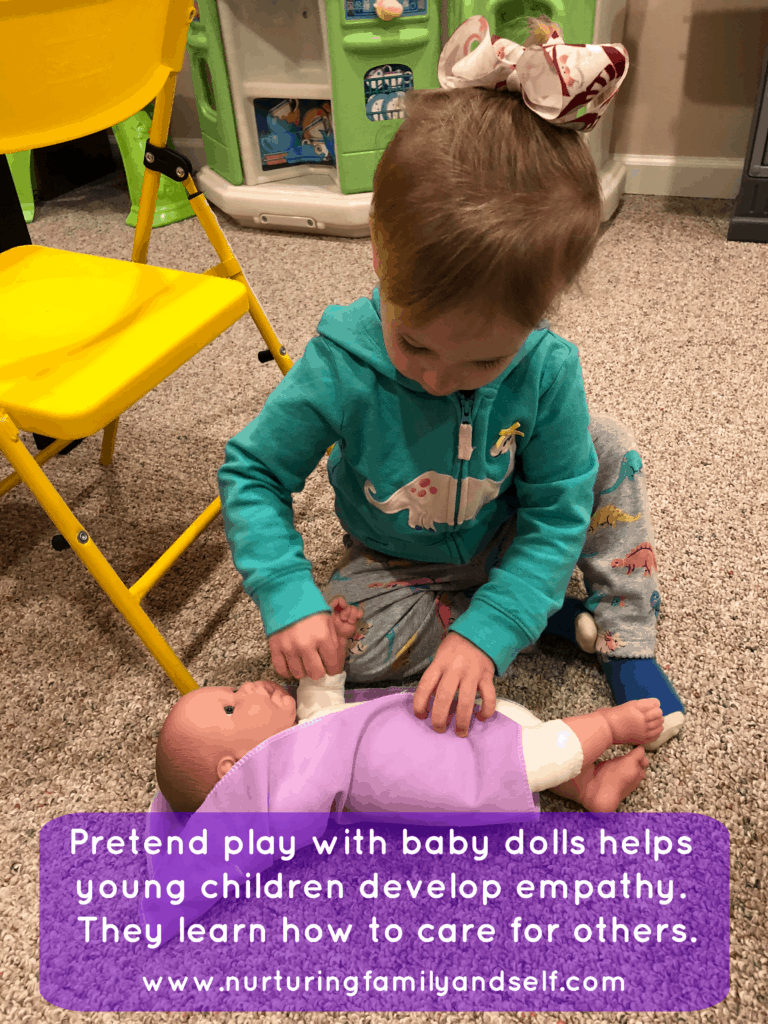
Through pretend play, young children engage in conversation, using phrases and words they hear every day. Pretend play gives young children a wonderful platform for applying the language they continue to acquire on a daily basis. They develop stronger communication skills in the process!
My son makes a lot of animal sounds, but doesn’t have any actual words just yet. He engages in pretend play with us, especially when we play doctor or cook in the kitchen. The whole time, my daughter and I describe what we are doing. This helps develop language for my son. Just the other day, he started saying “cook” as he pointed to the oven in our kitchen.
During pretend play, toddlers reenact everything they experience on a daily basis and imagine the possibilities. We reenacted the process of baking a birthday cake, singing “Happy Birthday”, blowing out the candles and clapping while cheering “Yay!” so many times. My daughter also enjoys pretending to pack a bag, get in the car and go to her grandparents’ house or her best friend’s house to play.
Young children develop a plan and act on it during pretend play, assigning tasks and roles and synthesizing different information and ideas. My daughter decides that we are going to have a picnic. She proceeds to set the dishes out and choose the food we will eat. She uses her blender to make us smoothies and we use the french fries as straws. Our meal mimics the type of meal we eat in our house. She informs me when I can eat and how I should eat.
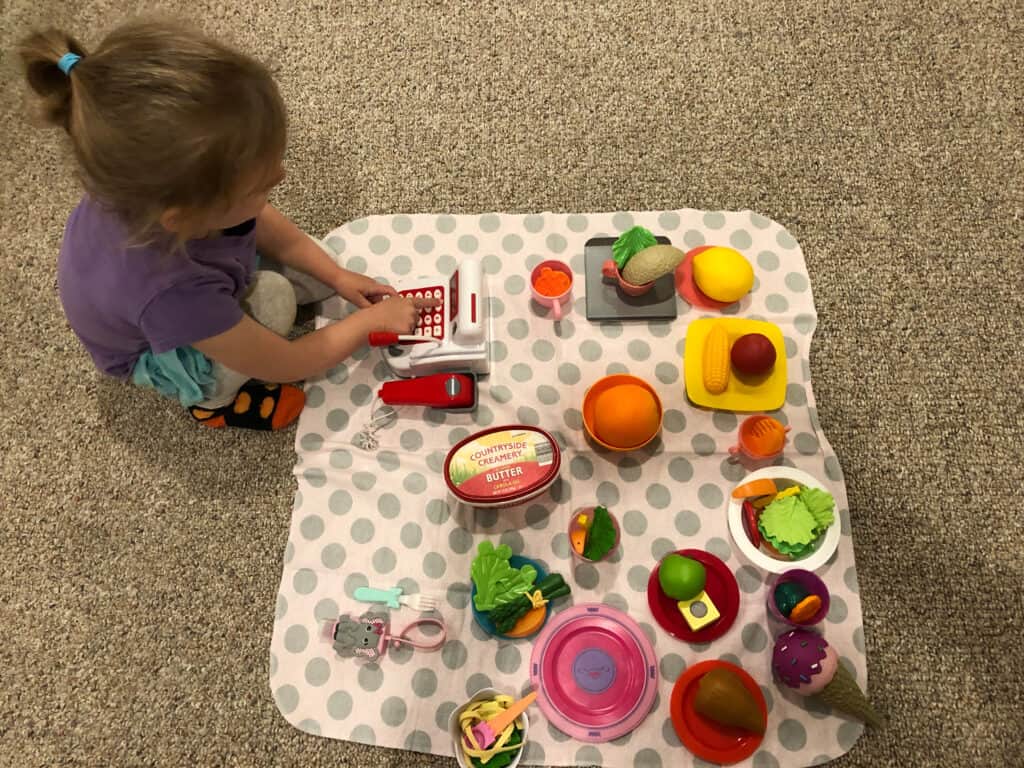
Pretend play encourages creativity and imagination. This type of play helps your toddler develop his/her independence and self-confidence. My daughter exhibits such confidence as she prepares meals in her kitchen and proudly takes care of her baby dolls. Your toddler is creating stories and imagining herself as someone else during pretend play.
I recently brought out some of my Barbie Dolls from when I was little. My daughter sat in her room, by herself, playing with them for close to an hour! She was dressing them to go to the park. She was feeding all the babies, having them play at the park and then go home to take a nap. I could just see how engrossed she was in her play. Her concentration and focus was amazing!
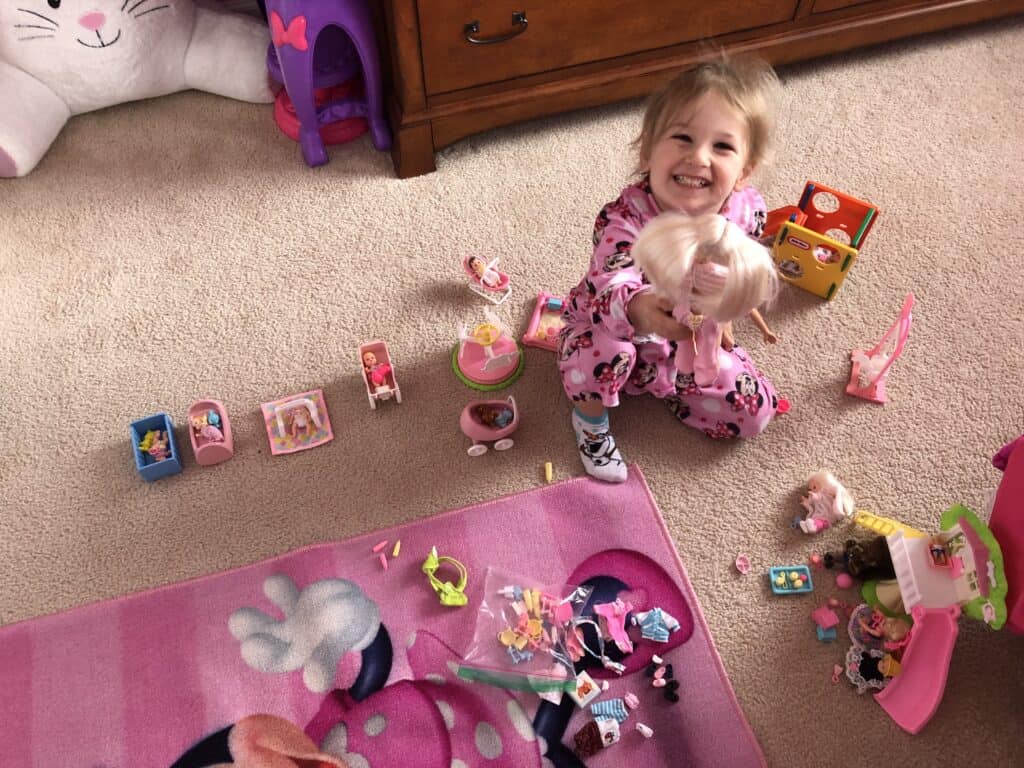
Your toddler actively engages in problem solving during pretend play. Pretend play lays the groundwork for future acquisition of reading, writing and math skills. Reading, writing and math are filled with symbols. Letters, words, numbers and equations are all symbols that represent something. Your toddler’s first experience using symbols to represent things and solve problems is through pretend play. Pretend play allows young children to explore, investigate and experiment. How amazing is that?!
How does pretend play help children cope with feelings?
Pretend play is a safe way for children to engage in conversation with others. Children can talk, have arguments, negotiate, tell jokes, express feelings and talk about the likes and dislikes of others in the play scene (dolls, stuffed animals, action figures, etc.).
Pretend play gives children a way to work through problems and minimize their worries about a particular situation or event. It helps them make sense of the world around them. Playing is a child’s way of engaging with others and with their world. They create a different possibility to the real world during pretend play. This can prove to be therapeutic to young children who have experienced something difficult, scary or traumatic.
Imaginative play can bring children closer to their families and friends when engaging in it together. This strengthens the relationship between the children and the individuals with whom they play.
What are the different milestones of pretend play?
Around 12 months is when pretend play really gets started. As your child enters toddlerhood and moves into preschool age, how he/she engages in pretend play looks different. There are 5 developmental stages (or milestones) of pretend play: Self-Pretend, Simple Pretend, Series of Familiar Actions, Series of Less Familiar Actions and Role Play with Other Children. I’m going to describe each stage in more detail below.
Pre-Symbolic Play
Self-Pretend (12-18 months)
Our first experience with pretend play was the play kitchen. Our daughter was 14 months old when she received one as a Christmas gift from Santa Claus. She still plays with this kitchen, two years later!
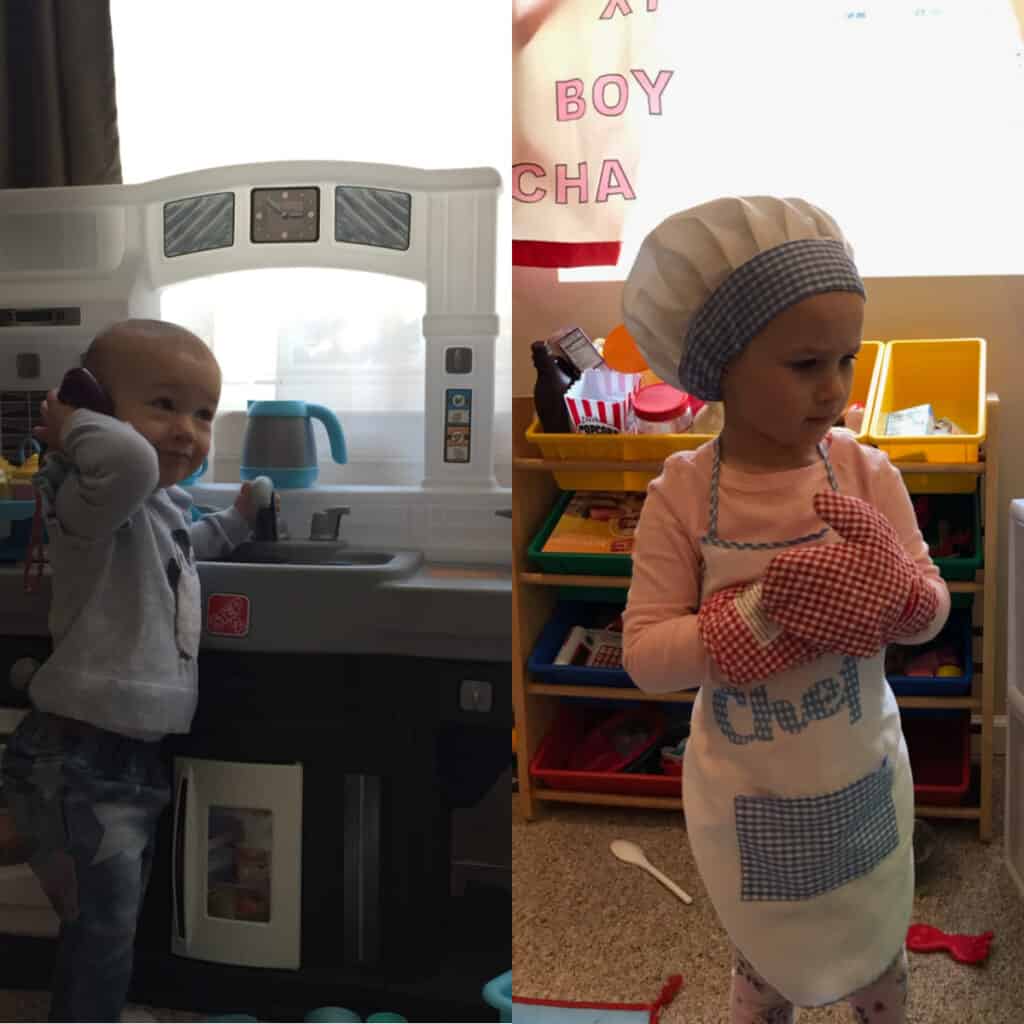
During this stage of pretend play, most objects are played with in the way they are intended. This means we pretend to drink from a cup and eat with the fork. We mix with a spoon and pretend to eat play food. My daughter used the sink to pretend to wash her hands and enjoyed putting dishes and play food inside the refrigerator.
The self-pretend stage of pretend play involves using realistic props. Empty cups, spoons with no food on them, plates and play food to name a few.
We engaged in a lot of sensory play between 12-18 months with pouring, scooping and mixing. There is lots of pretend play (and learning) happening during sensory play!
As the summer months approached, we turned to lots of water play outside. A super fun sensory play idea! Kids love water and it’s a great way to engage in pretend play!
We filled cups with water, poured water from a pitcher to a cup, mixed the water with a spoon, scooped toys out of the water and just plain splashed water.
Scooping and playing with sand was also part of our outdoor sensory play experience.
Pushing the bubble lawn mower and taking her baby doll for walks in the stroller became part of our outdoor fun. The playhouse we added to our backyard added to the pretend play.
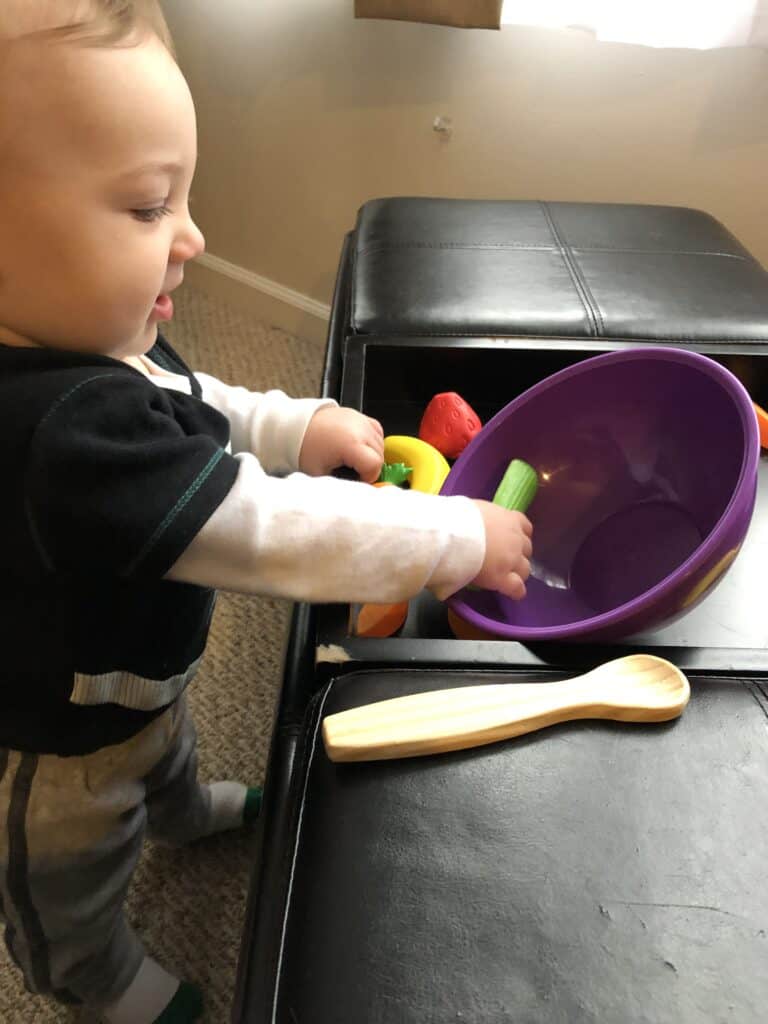
Simple Pretend (18-24 months)
During this second stage of pretend play, your toddler’s pretend play is based on daily, familiar activities such as eating meals, going to the store, getting ready for the day, taking a bath and going to bed. The pretend play involves more than one simple action.
Toddlers also start to imitate familiar adult actions at this stage. For example, your toddler may pretend to talk on a toy telephone.
It is when my daughter was 18-24 months old that I started to see her pretend play really take off. This is when things she played with started to represent another thing.
A huge cognitive shift occurs during this six month period and it really opens up the possibilities for pretend play! It’s so much fun, too!
For example, a bowl of cotton balls is ice cream that we scoop into bowls. We pretend to make ice cream sundaes for our family. We drizzle pretend chocolate syrup on top and finish each bowl off with pretend sprinkles. Then we eat it!
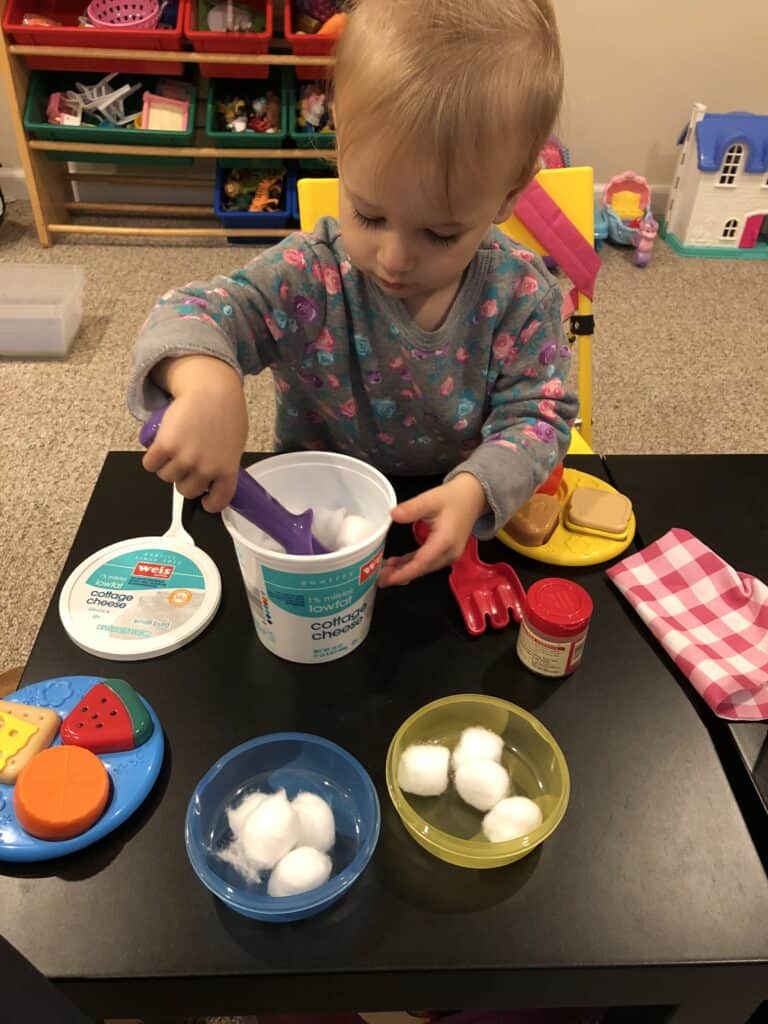
She began dressing up as her favorite Disney princesses (wearing her Elsa dress was, and still is, the favorite), taking care of her baby doll and stuffed animals as if they were real.
We pretended to cook meals and bake cakes in her kitchen. We ate pasta, had tea parties and served cupcakes. We sang “Happy Birthday” to all our friends and family. This was the game for a while, especially after some family birthday meals.
Symbolic Play
Around the age of 2, pretend play continues to be based on every day, familiar activities, but you will notice your toddler start to interact with toys. You will see your toddler talk to his/her baby dolls and stuffed animals. This second developmental stage of pretend play includes emotions, verbal planning and the sequence of several actions within a theme.
Series of Familiar Actions (24-30 months)
Around the age of two, my daughter started acting out sequences. During this period of pretend play, your toddler is learning how to put pretend actions together just as they combine words to form sentences.
Before putting her baby dolls to sleep, my daughter gives them a bath, feeds them with a bottle, and reads them a book. Giving the baby dolls a bath involved undressing the doll, filling the bathtub (empty dishpan) with pretend water and bubbles, washing the baby doll, drying the baby doll and getting the baby doll dressed in her pajamas.
Once she started attending preschool, that became one of the sequences we acted out. It was quite sophisticated, too! We ate breakfast and then used the pretend potty (the bottom step of our basement stairs was the potty). She packed her book bag with snacks and items needed for school. Then we got into the car (a designated spot in the playroom) where I drove her to school. She said, “Good-bye” and “I love you”. Then it was time to come home. She talked about the things she did at school. We prepared and ate lunch. She essentially reenacted our entire preschool day routine.
Series of Less Familiar Actions (30-36 months)
Once your toddler nears 2 ½, he/she will begin acting out less familiar actions like going to the doctor, being a waiter at a restaurant, and visiting the dentist.
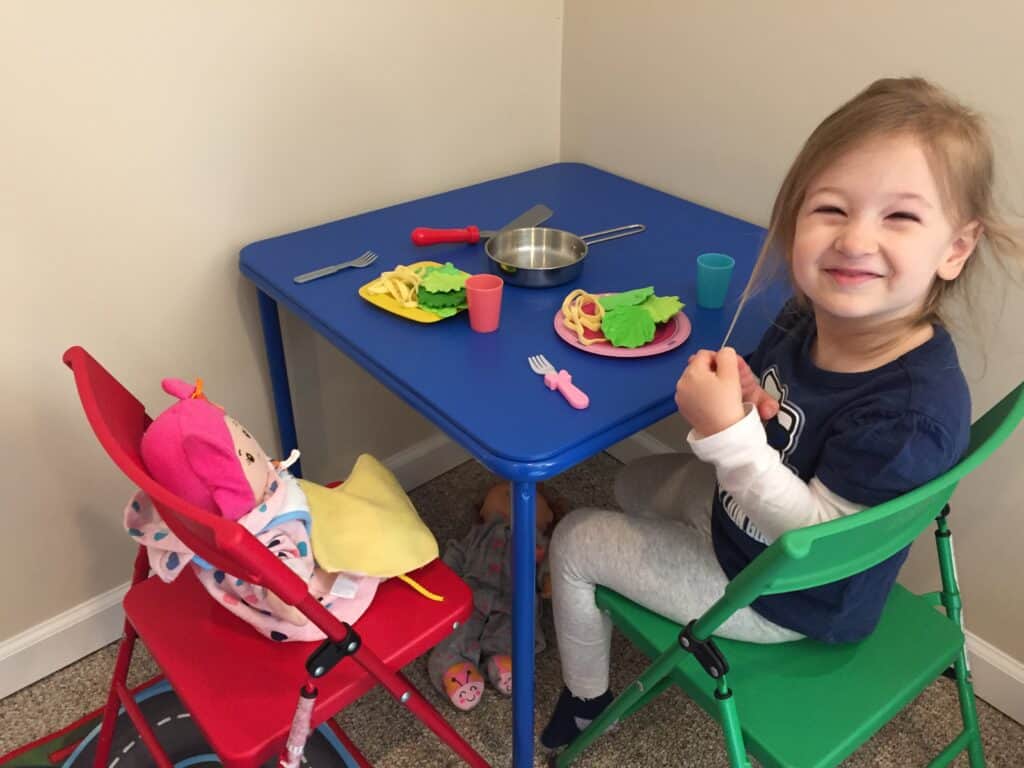
Pretend play centers around less familiar themes. Your toddler may/may not have experienced these themes, but has seen or heard them. For example, watching Doc McStuffins on Disney+ inspired my daughter to play doctor with her stuffed animals and toys. She combines what she sees in the television show with what she has experienced at her wellness visits.
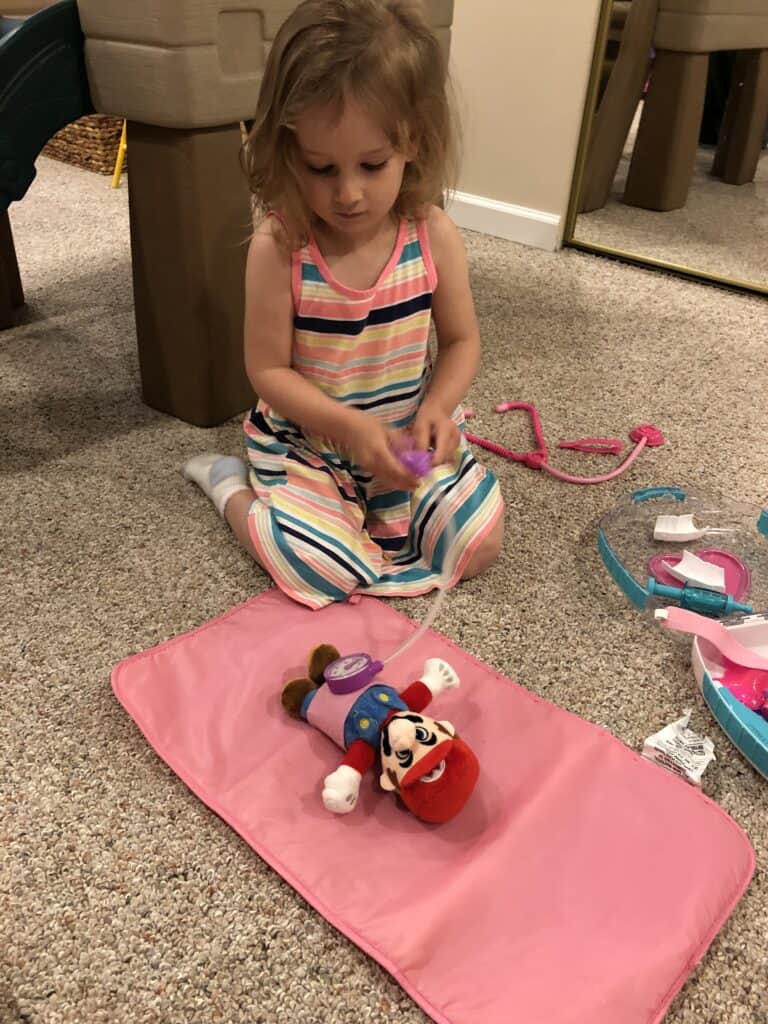
Objects and toys will start to represent other things. For example, a stick becomes a wand. They can also pretend without an object. For example, using his/her hand to form a cup and take a drink.
Reading books with your toddler is a great way to expand his/her pretend play at this time. Of course, reading books is so beneficial at every age, but it can especially benefit your child’s pretend play. Books help expand your toddler’s knowledge of specific themes, learning and growing his/her vocabulary too! You will see your toddler apply what he/she is learning during pretend play, which is a pretty cool thing to witness.
Role Play with Other Children (3-5 years)
These preschool years are when you see your child really start to engage in imaginative play with pirates, princesses, and superheroes. Your child will engage in pretend play with other children, each taking on a different role during play.
Your child will use more nonverbal communication during play. You will see gestures and facial expressions.
Around three years old is when you will see your child add problems to the stories being acted out. While engrossed in pretend play, your child needs to solve his/her problem. Thus, your child is learning about cause and effect.
Language is the driving force behind play at this stage. My daughter explains our roles and then uses language to act out her role. For example, if we are playing doctor, she will explain to me that I am the patient and sick. She will tell me to cough and act sick while she “doctors” me. As she is giving me a check-up, she will explain what she is doing. She will ask me, “Where does it hurt?”
It has truly amazed me how much more involved her pretend play has become over the past three years. Her mind is just going and going all day long.
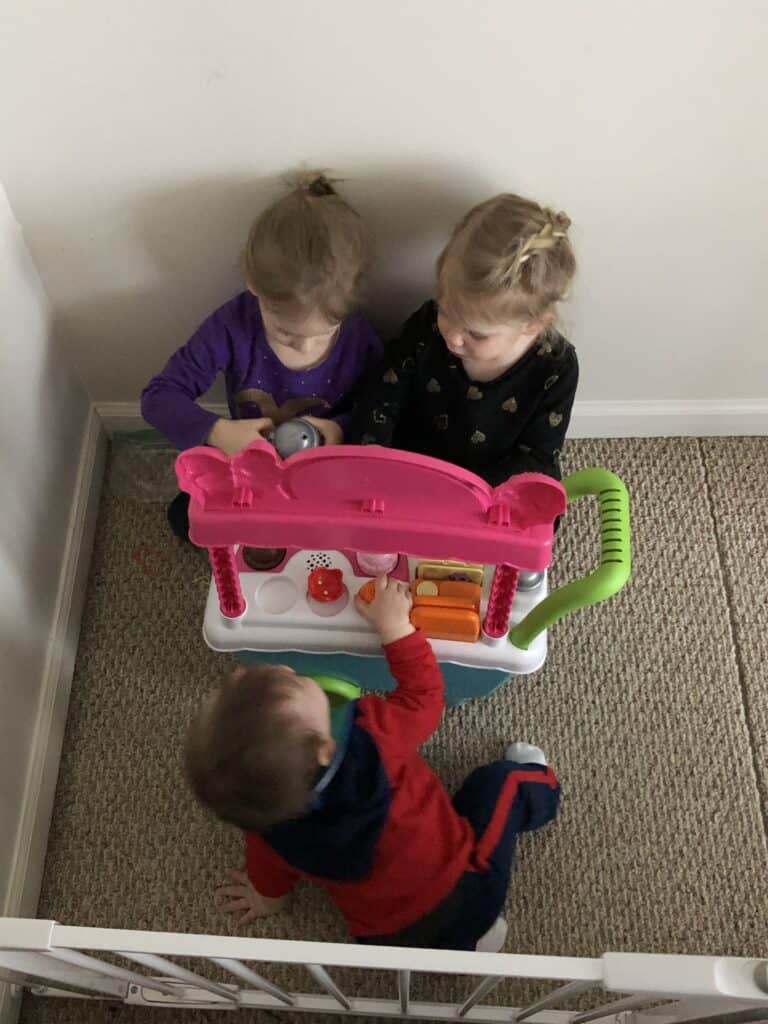
How do you encourage pretend play?
Be face-to-face with your child.
This means you get down to your child’s physical level. Sit on a child-sized chair, lay on the floor or lift your child up. When you are on his/her level, playing with your child, he/she is given opportunities to learn more language and practice talking to you. This also helps your child feel more connected to you.
Observe your child’s interests.
Watch to see what catches your child’s interest during playtime.
My daughter was interested in Doc McStuffins so we brought out a doctor kit for pretend play. We extended this interest in playing doctor by reading books about going to the doctor and taking care of boo-boos.
If my son picks up one of his dinosaurs, I play dinosaurs with him. He is motivated to keep playing with me if I follow his lead in play. Your child will also be more engaged in pretend play if it centers around his/her interests.
If your child LOVES superheroes, make superhero capes and masks out of towels or blankets and pretend to fly around saving stuffed animals who are trapped under basket “cages” (baskets turned upside down over the stuffed animals).
Don’t put out too many toys at once.
This is definitely something I am learning! I was overzealous about toys for my daughter and started adding way too many to the mix. I was even becoming overwhelmed by the sheer number of toys out. So I can imagine how my kids feel when there is too much to choose from. Since then, we’ve come up with a rotation system, keeping a majority of the toys organized and away in a closet. In this way, it guarantees that the toys we do have get played with more, for a longer period of time and in more creative ways.
Demonstrate self-pretend by picking up a toy your child likes and do one simple action with it.
Some younger children don’t know how to pretend yet. So you can demonstrate how to pretend by picking up a toy apple and pretending to eat it, saying “mmm…crunchy apple”. Then put the apple in front of your child and wait to see if he/she imitates you. If the apple isn’t interesting to him/her, you may need to repeat the process with a different toy.
Imitate your child’s pretend actions.
Just as you imitate your newborn’s facial expressions or movements, it is important to imitate your child’s actions during pretend play. This motivates your child to keep doing more pretend actions. Plus, it will get a few good laughs out of your child!
Keep it simple.
Simple is always better. Once pretend play, or play in general, becomes too complicated, your child will lose interest.
Get “into” the play.
Put your phone down and get involved in your child’s play. Ask your child questions. Engage in conversation. Talk about the play and actions you are doing. Make silly voices and follow your child’s lead. Have fun!
Take turns.
Pretend play gives your child an opportunity to practice taking turns. If you are playing doctor, take turns being the doctor and the patient.
Introduce new ideas.
Pretend play is a perfect opportunity to introduce your toddler to new themes. Observe what interests your child and introduce a less familiar theme to the play. For example, if your child loves playing with cars and trucks. Pretend to have the cars break down and invite your child to take the cars to a mechanic to get them fixed. In addition to introducing a new play theme, you are introducing your child to new vocabulary in the process.
Expose your child to new experiences.
Every time you visit someplace new, your child gains new content for pretend play.
When we visited the pool over the summer, there were a few times when it stormed so everyone needed to get out of the water and wait a half hour before returning. My daughter used this theme for her play. We used blue crinkle paper inside a basket as the pool and her Little People Princess Dolls went swimming. She also enjoyed an ice cream treat every time we went to the pool, courtesy of the grandparents. Her play sequence included this action as well.
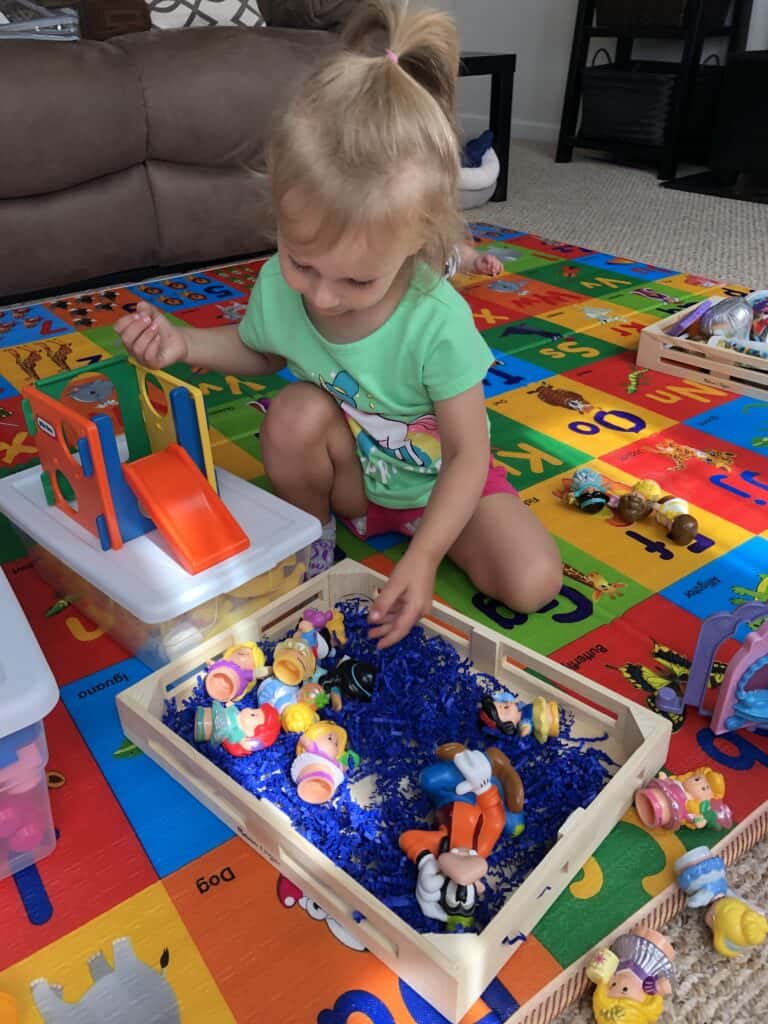
Reading books is a wonderful way to expose your child to new experiences and fuel them with sequences, actions and vocabulary for pretend play.
Choose the right toys
When choosing toys for your toddler, think about those that kickstart imagination! I love open-ended toys, or those toys that have more than one outcome. These types of toys encourage your child to be creative and build those problem-solving skills. Plus, I’ve noticed my kids engaging in play much longer with open-ended toys than toys that only do one thing.
Pretend Play Ideas
You don’t need expensive toys to encourage pretend play. The best pretend play toys are things that are already in your house. With a few simple items/props and the start of an idea, you’ll be amazed at where the play takes you.
Here are the ways we encourage and support pretend play in our home:
Dress Up Bin
I keep a plastic storage container filled with old hats, scarves, costume jewelry and sunglasses. This container is also filled with Disney princess dresses, a PJ Masks costume, tutus, princess wands, a blow up sword, train whistle and any other object I thought would add to the dress up fun. Purses and bags I don’t use anymore get put into this bin. Once the bin gets full, I go through it and donate/throw away some of the items. My goal is to keep the dress up accessories to one container, if I can help it!
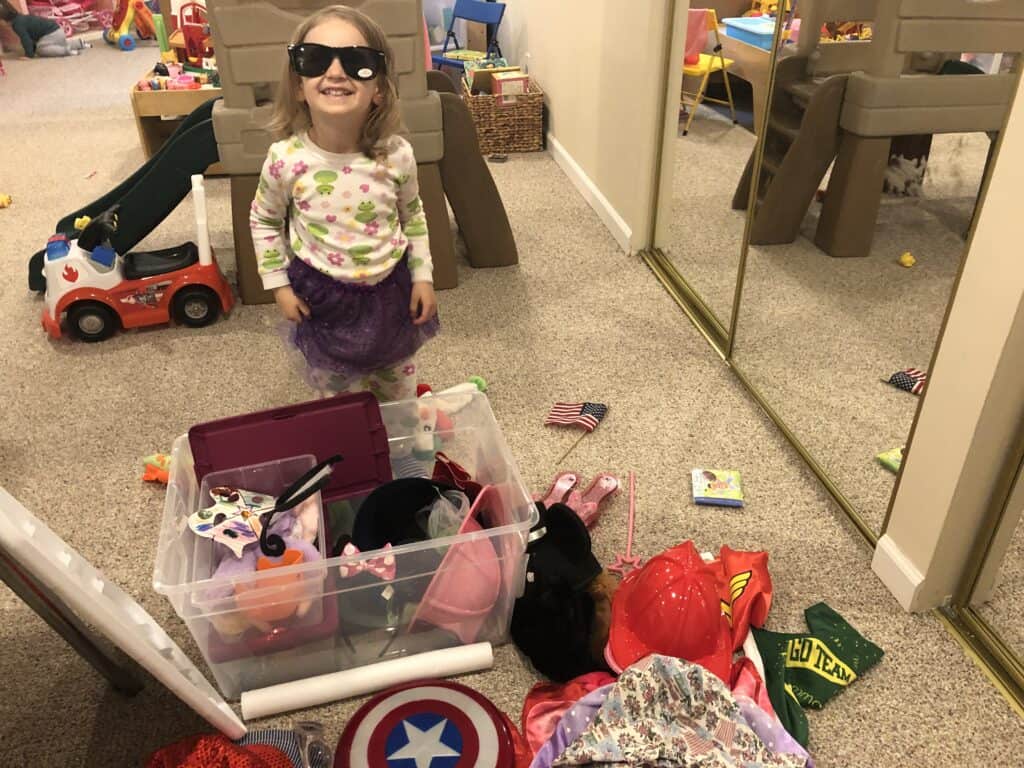
Kitchen Space
As I mentioned earlier in this post, our daughter started playing with her play kitchen shortly after she turned one. Since that day, we’ve added more play food, cooking utensils, dishes, plastic food containers and a chef’s hat & apron. I even took one of the small photo albums you find at the Dollar Store, placed some old recipe cards inside and created a Recipe Book for her.
Stuffed Animals & Dolls
We have drawers filled with preemie/newborn sized clothing that I purchased at a consignment sale, blankets, and accessories for feeding. I had a few bottles that were given to me when I was a new mom, but we never used them. So they get used for feeding baby dolls! We give our baby dolls a bath in this bathtub set we have, but you can simply use a plastic dishpan from the Dollar Store.
I purchased a baby plate, fork & spoon set, rattle and sippy cup from the Dollar Store to extend the pretend play with baby dolls.
The stroller, crib and car seat set continues the fun as my toddler pretends to take her baby for a walk, puts the baby down for a nap and carries the baby around the house. Baby doll play was a lifesaver when my son was born because my daughter took care of her baby while I took care of my baby.
Stuffed animals are great for playing zoo! Grab some empty laundry baskets or milk crates and turn upside down to create animal cages. You can also use cardboard boxes to create the animal homes. Then pretend to walk around the zoo and look at the animals. Engage in conversation about each animal and what the animal is doing. Begin the creative play by reading books about going to the zoo. Below are a few of our favorites, perfect for older babies and young toddlers. We love using books to inspire and enrich our pretend play. Plus, the buttons, flaps, stickers and engaging stories found inside these books keep young toddlers engaged. Click on the images of each book to learn more and get a peek inside.
Washing the Dishes
This is one of our FAVORITE water play activities! We simply put some plastic dishes in a plastic container filled with water. Put some dish soap on a washcloth or sponge and watch as your toddler scrubs all the dishes clean. If you want to make it even more fun, have your toddler paint the dishes with washable paint to make them dirty. Then wash and rinse clean.
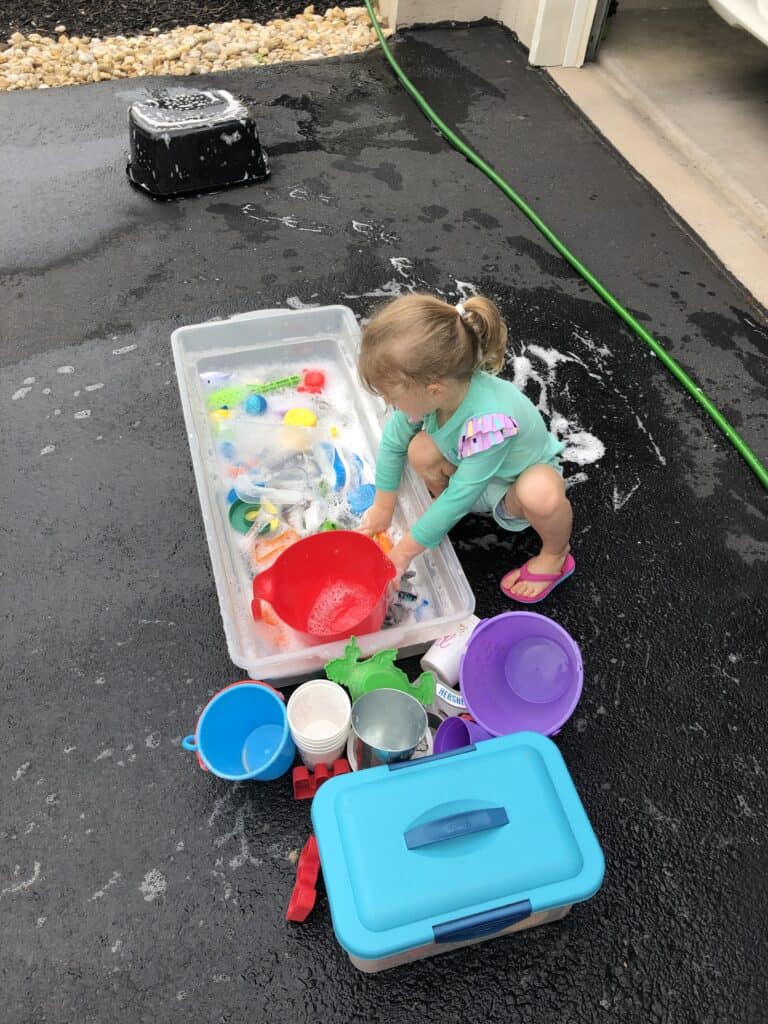
Making Lemonade
Another way to encourage pretend play with water is to make lemonade. A pitcher, mixing spoon, water in a plastic bin and reusable ice cubes are all you need to make a glass of yummy pretend lemonade. Use food coloring to dye the water yellow!
Camping
Set up a tent inside the house. Build a pretend fire using orange, red and yellow construction paper. Roast marshmallows (use white cotton balls) and make smores. You can make pretend graham crackers out of cardboard and then chocolate bars out of brown construction paper.
My daughter’s preschool teacher did a camping theme one week and the preschoolers made pretend lanterns out of plastic water bottles. They painted the bottles with yellow paint and dropped a yellow glow stick inside as the light. Then, they made a handle using a pipe cleaner and beads. It was super cute!!

Washing the Clothes
Use a large cardboard box to create a washing machine for pretend play! It is so simple to make. All I did was paint the box with white spray paint. After it dried, I cut out the door by tracing a pizza pan. Then glued on buttons using baby food pouch caps. When my daughter undresses her baby dolls for bath time, she throws the clothes into the washing machine. I cleaned out a laundry detergent bottle and added a basket for collecting the clean/dirty clothes.
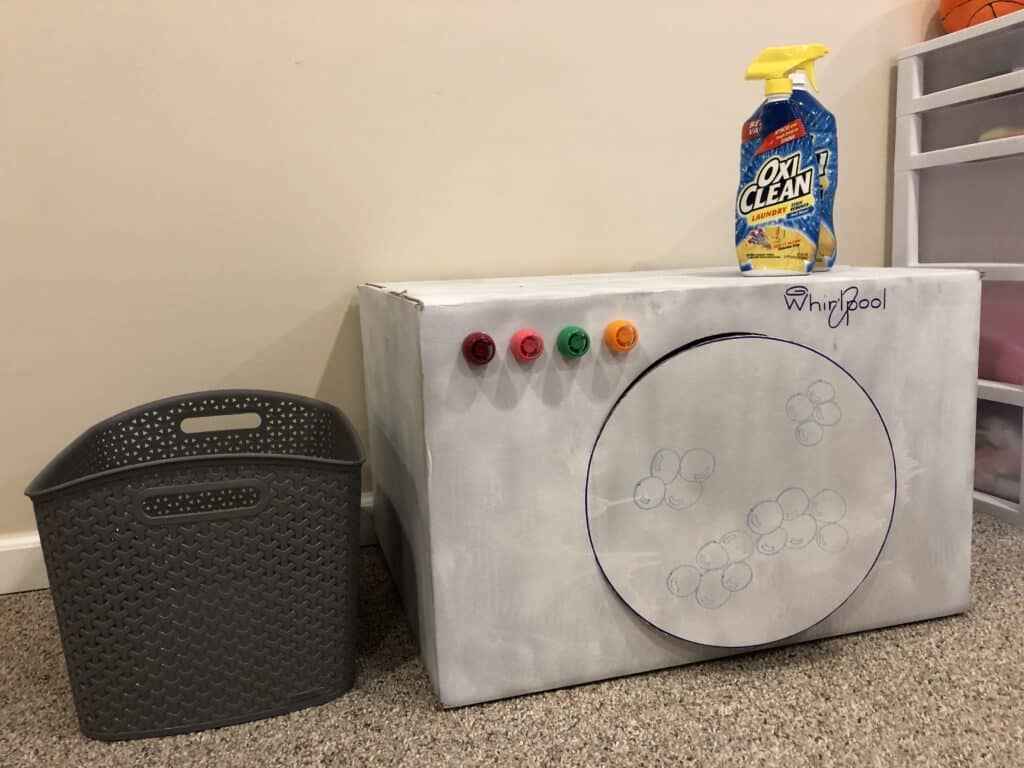
Cleaning the House
Both of my kids love to help me clean! So, why not nurture this love through pretend play? We received a toy vacuum cleaner and play cleaning set as a Christmas gift. It was a hit! You can also just create your own cleaning set for pretend play by getting a plastic spray bottle, dustpan & broom, sponge, cleaning cloths and bucket from the Dollar Store and your kids will love pretending to clean the house.
Ice Cream Shop
The ice cream cart we received as a Christmas gift was a huge hit in our house. We love pretending to make ice cream cones for our family and friends. My daughter received this Sweet Treats Ice Cream Parlour Playset for her birthday and we enjoy building ice cream sundaes complete with sprinkles and sweet syrup on top.
Going Exploring
You can make binoculars out of toilet paper tubes, tape and yarn. Then go through the house or backyard and pretend to look for specific things (animals, objects, colors, flowers, leaves). Pretend to be explorers.
Play Grocery Store
We extend the play kitchen fun by pretending to visit the Grocery Store. Add in a shopping cart, reusable shopping bags or a basket to carry and a cash register with play money. Set up empty cereal boxes, oatmeal canisters, empty cake mix boxes, play fruits & veggies and go through the process of shopping for groceries with your toddler. You can even make a shopping list together before traveling to the pretend grocery store!
Conclusion
Pretend play is so much fun and I enjoy nurturing the interests of my son and daughter during playtime. It is amazing to see how much their skills grow and how much they learn through pretend play. Encouraging and nurturing pretend play in our home has been a wonderful way to make the most of the increased time we are spending at home.
I hope this post gave you some insight into pretend play as well as some new ideas to try at home with your own children. Be sure to save this post so you can reference it again and again. And I would love to hear what pretend play looks like in your home. Leave a comment below this post describing your child’s favorite way to engage in pretend play 😊
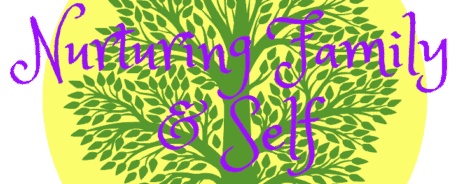
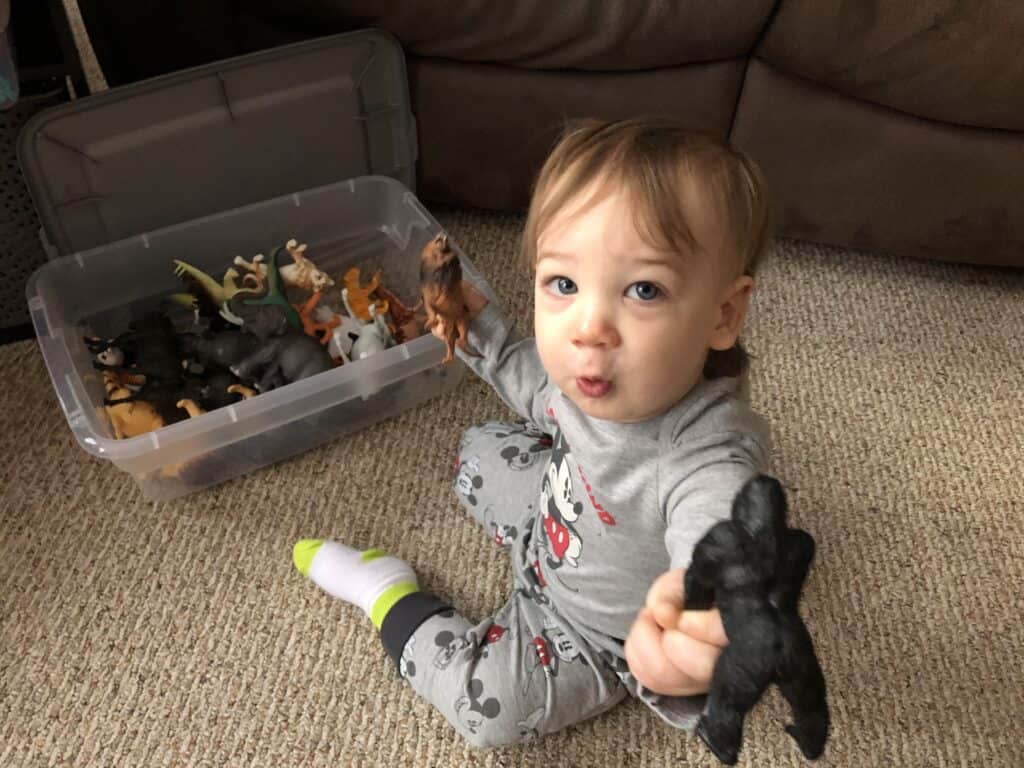
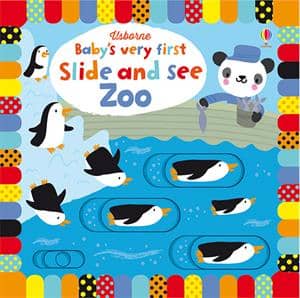
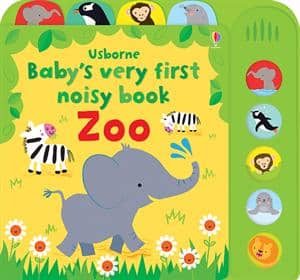
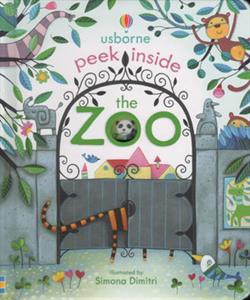
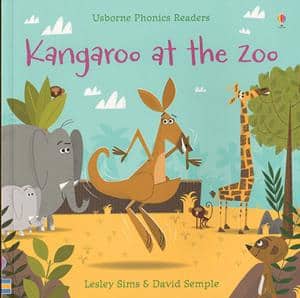
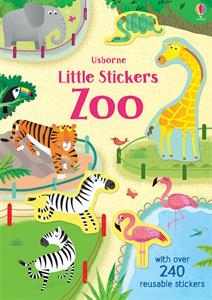
Everything is very open with a precise description of the issues. It was truly informative. Your website is extremely helpful. Thanks for sharing!
Thank you for taking the time to read and comment!